Do you have a question about the Tecnam P92-JS and is the answer not in the manual?
Provides an overview of the aircraft and the flight manual's scope.
Details the aircraft's type certification and approval.
Defines symbols and terms used for safety and important information.
Presents a visual representation of the aircraft's dimensions.
Provides technical specifications for the aircraft's components.
Details the specifications and type of the aircraft engine.
Details the manufacturer, model, and type of the propeller.
Information regarding fuel grade, tank capacity, and usable fuel.
Details the oil system type, oil specifications, and capacity.
Describes the cooling system type, coolant, and capacity.
Lists the maximum takeoff, landing, and baggage weights.
Provides standard empty weight and maximum useful load.
Details wing loading and power loading figures.
Defines general airspeed terminology and symbols.
Defines meteorological terms like OAT, Ts, and Pressure Altitude.
Defines terms related to engine power like RPM.
Defines terms for airplane performance and flight planning.
Defines terms used in weight and balance calculations.
Provides conversion factors for temperature, forces, speed, etc.
Overview of operating limitations, instrument markings, and basic placards.
Lists airspeed limitations and their operational significance.
Explains airspeed indicator markings and their color code significance.
Lists operating limitations for the aircraft's installed engine.
Specifies minimum and maximum fuel pressure limits.
Provides guidance on oil viscosity grades based on temperature.
Details powerplant instrument markings and their color code significance.
Details other instrument markings and their color code significance.
Lists maximum takeoff, landing, and zero fuel weights.
Defines the forward and aft limits for the aircraft's CG.
Lists approved maneuvers and recommended entry speeds.
Specifies maneuvering load factors for different flap settings.
Specifies the minimum required flight crew.
Defines approved types of flight operations and required equipment.
Specifies fuel tank capacity, usable/unusable fuel, and approved fuel types.
States the maximum number of passengers allowed.
Specifies the maximum allowed crosswind component.
Describes required limitation placards to be displayed in the aircraft.
Overview of emergency procedures for aircraft or engine malfunctions.
Lists critical airspeeds for emergency situations like engine failures.
General guidelines for correcting engine failure emergencies.
Specific steps to take for an engine failure during takeoff.
Steps for handling engine failure immediately after takeoff.
Procedures for engine issues encountered during flight.
Procedure to follow when fuel pressure falls below the minimum limit.
Procedure for handling low oil pressure conditions.
Procedure for attempting an engine air start.
Procedures for dealing with smoke and fire incidents.
Steps to extinguish an engine fire on the ground.
Steps to handle an engine fire while airborne.
Steps to extinguish a cabin fire in flight.
Procedure for establishing a safe glide.
General procedures for landing emergencies.
Procedure for a forced landing with no engine power.
Procedure for a forced landing with engine power available.
Procedure for landing with a flat nose tire.
Procedure for landing with a flat main tire.
Steps to recover the aircraft from an unintentional spin.
Procedures for encountering icing conditions unintentionally.
Guidance on using carburetor heat during flight.
Procedures for dealing with electrical system malfunctions.
Actions to take when the generator light illuminates.
Procedures for handling trim system failures.
Procedure for when the trim control does not respond.
Procedure for handling a runaway trim system.
Overview of procedures for normal aircraft operation.
Procedures for removing and installing the engine cowling.
Detailed steps for conducting pre-flight checks.
Specific pre-flight checks performed inside the cabin.
Specific pre-flight checks performed on the aircraft exterior.
Lists various checklists for flight operations.
Actions required before starting the engine.
Step-by-step procedure for starting the aircraft engine.
Procedures to be completed before taxiing.
Procedures for taxiing the aircraft on the ground.
Checks and procedures to perform before takeoff.
Procedures for takeoff and initial climb phases.
Procedures and checks during the cruise phase of flight.
Procedures to be followed before landing.
Procedure for performing a balked landing (go-around).
Standard procedures for a normal aircraft landing.
Procedure for shutting down the engine after landing.
Checks and actions to perform after flight.
Overview of performance data required for flight planning.
Guidance on how to interpret and use performance charts.
Compares calibrated airspeed (VCAS) with indicated airspeed (VIAS).
Provides stall speeds under various conditions (flaps, bank angle).
Details the maximum demonstrated crosswind velocity.
Data on takeoff run and distance under various conditions.
Specifies climb rates in takeoff configuration.
Provides data on climb rate in clean configuration.
Presents cruise performance data (speed, consumption, range, endurance).
Provides rate of climb data for balked landing.
Lists landing distances under various conditions.
Discusses the impact of rain and insects on flight qualities.
Presents the aircraft's noise level data.
Overview of procedures for establishing aircraft weight and CG.
Step-by-step guide for weighing the aircraft.
Form for recording aircraft weighing data and calculations.
Method for determining CG location and verifying it's within limits.
Instructions on how to use the weight and balance chart.
Guidelines for loading baggage and cargo into the aircraft.
Comprehensive list of all TECNAM supplied equipment for the P92-JS.
Overview of the aircraft's systems and their operation.
Description of the aircraft's structural components.
Details the construction and features of the wing.
Describes the construction of the aircraft's fuselage.
Describes the construction of the aircraft's tail section.
Explains the operation of the aircraft's flight controls.
Details the layout and instruments on the flight panel.
Explains the operation of the carburetor heat control.
Explains the operation of the cabin heat control.
Procedure for adjusting the throttle friction lock.
Describes the aircraft seats and safety harness.
Describes the aircraft doors and their locking mechanisms.
Details the location and capacity of the baggage compartment.
Overview of the aircraft's powerplant components.
Detailed description of the aircraft engine.
Details the propeller type and associated manuals.
Describes the aircraft's fuel system components and operation.
Description of the aircraft's 12 Volt DC electrical system.
Explains the conditions under which the generator light illuminates.
Describes the function of the voltmeter and ammeter.
Details the oil and cylinder head temperature, and oil pressure instruments.
Describes the Outside Air Temperature (OAT) indicator.
Describes the stall warning system components and function.
Information regarding avionics equipment on the instrument panel.
Describes the use of an external power source for the aircraft.
Describes the pitot tube and static ports for airspeed indication.
Description of the aircraft's braking system.
Details magnetic compass correction cards and cockpit placards.
Location and function of throttle control knobs.
Operation and location of fuel shutoff valves.
Location of the cabin heat control knob.
Location of the carburetor heat control knob.
Operation and location of the trim control switch.
Describes the switch to interrupt power to the trim system.
Lists and describes the aircraft's circuit breakers.
Location and operation of the flap control switch.
Describes the location of generator and master switches.
Describes the generator warning light's location and label.
Describes external placards found on the aircraft.
Describes placards located near the fuel filler caps.
Describes placards located on the oil reservoir.
Describes the label for emergency door opening.
Indicates tire inflation pressure labels on landing gear.
Describes the 0° reference mark for stabilator balance.
Describes the aircraft identification placard on the tailcone.
Describes the placard near the battery case access door.
Describes the placard for the external power receptacle.
Describes the 'NO STEP' placard on landing gear fairings.
Overview of factory-recommended ground handling and servicing procedures.
Details recommended aircraft inspection intervals.
Procedures for contacting authorities for alterations or repairs.
General procedures for ground handling the aircraft.
Procedures for safely towing the aircraft.
Procedures for parking and securing the aircraft outdoors.
Procedures for jacking the aircraft.
Procedure for leveling the aircraft for checks.
Recommendations for securing the aircraft during road transport.
Procedures for cleaning and caring for the aircraft's surfaces.
Supplementary information for operating the Garmin GNS 430 system.
Supplementary information for safe and efficient banner towing operations.
Supplementary information for the differential brake system.
Supplementary information for the central throttle control system.
Supplementary information for the new analogical instruments panel.
| Manufacturer | Tecnam |
|---|---|
| Model | P92-JS |
| Type | Light Sport Aircraft |
| Seating Capacity | 2 |
| Engine | Rotax 912 |
| Max Takeoff Weight | 600 kg (1, 323 lb) |
| Fuel Capacity | 100 l (26 US gal) |
| Engine Power | 100 hp |
| Maximum Speed | 116 kn |
| Stall Speed | 40 mph |
| Service Ceiling | 4, 000 m |
| Range | 800 km |
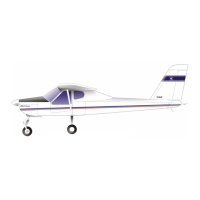
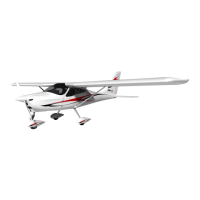
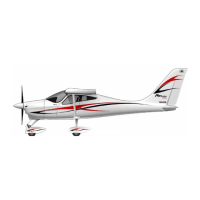
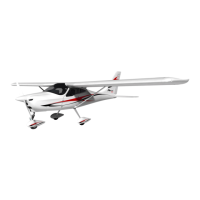
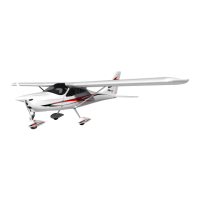
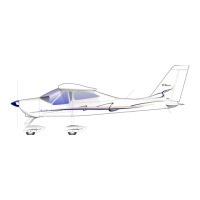


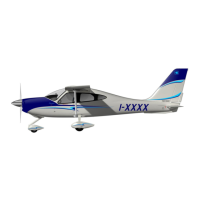
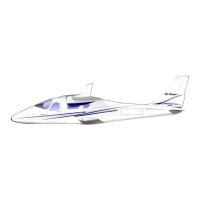
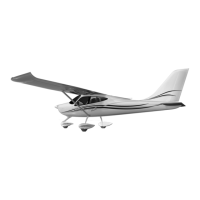
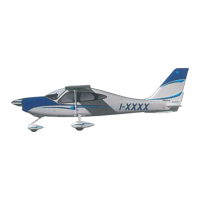
